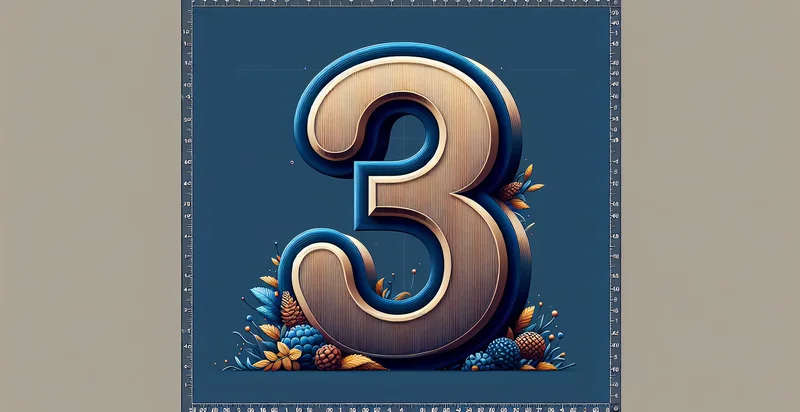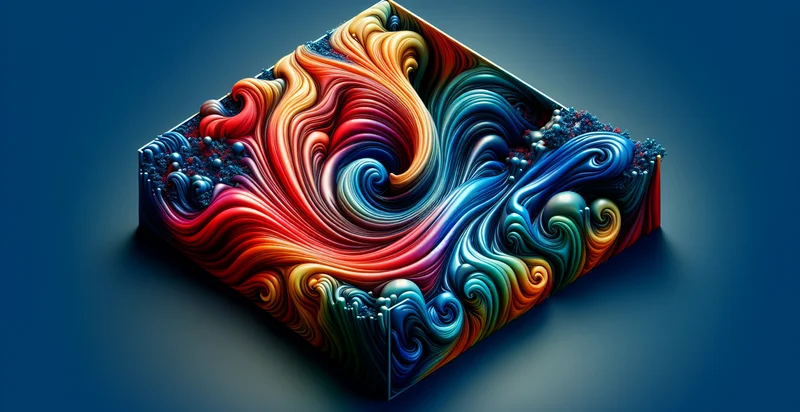Identify scattergories list number
using AI
Below is a free classifier to identify scattergories list number. Just upload your image, and our AI will predict what category the item belongs to - in just seconds.

Contact us for API access
Or, use Nyckel to build highly-accurate custom classifiers in just minutes. No PhD required.
Get started
import nyckel
credentials = nyckel.Credentials("YOUR_CLIENT_ID", "YOUR_CLIENT_SECRET")
nyckel.invoke("scattergories-list-number", "your_image_url", credentials)
fetch('https://www.nyckel.com/v1/functions/scattergories-list-number/invoke', {
method: 'POST',
headers: {
'Authorization': 'Bearer ' + 'YOUR_BEARER_TOKEN',
'Content-Type': 'application/json',
},
body: JSON.stringify(
{"data": "your_image_url"}
)
})
.then(response => response.json())
.then(data => console.log(data));
curl -X POST \
-H "Content-Type: application/json" \
-H "Authorization: Bearer YOUR_BEARER_TOKEN" \
-d '{"data": "your_image_url"}' \
https://www.nyckel.com/v1/functions/scattergories-list-number/invoke
How this classifier works
To start, upload your image. Our AI tool will then predict what category the item belongs to.
This pretrained image model uses a Nyckel-created dataset and has 20 labels, including List 1, List 10, List 11, List 12, List 13, List 14, List 15, List 16, List 17 and List 18.
We'll also show a confidence score (the higher the number, the more confident the AI model is around what category the item belongs to).
Whether you're just curious or building scattergories list number detection into your application, we hope our classifier proves helpful.
Related Classifiers
Need to identify scattergories list number at scale?
Get API or Zapier access to this classifier for free. It's perfect for:
- Content Moderation: The false image classification function can be utilized by social media platforms and content-sharing websites to automatically identify and flag inappropriate or misleading images. By analyzing and categorizing images, the system can enhance user safety by preventing the spread of harmful content.
- E-commerce Product Verification: Online retailers can implement this function to classify and verify product images uploaded by sellers. This ensures that the images accurately represent the products, reducing the incidence of misleading listings and increasing customer satisfaction.
- Marketing Campaign Analysis: Marketers can use false image classification to analyze the effectiveness of ad visuals across different demographics. By categorizing images based on engagement, companies can refine their marketing strategies and enhance brand messaging.
- Quality Control in Image Data: Businesses leveraging image recognition technology can employ this function to maintain high-quality datasets. By automatically identifying false classifications, companies can improve their training data, leading to better machine learning outcomes in applications such as autonomous vehicles or medical imaging.
- Intellectual Property Protection: This function can help content creators and brands monitor the usage of their images online. By categorizing and detecting unauthorized usage or alterations, they can protect their intellectual property and take appropriate legal actions when necessary.
- User-Generated Content Curation: Platforms that rely on user-generated content can use false image classification to curate and highlight high-quality images. By analyzing submitted images, the system can identify and promote those that fit specific categories, enhancing user engagement and content relevance.
- Historical Image Classification: Museums and archives can apply this function for the classification and cataloging of historical images. By accurately categorizing images, organizations can improve accessibility and facilitate research, making it easier for historians and the public to search through collections.


